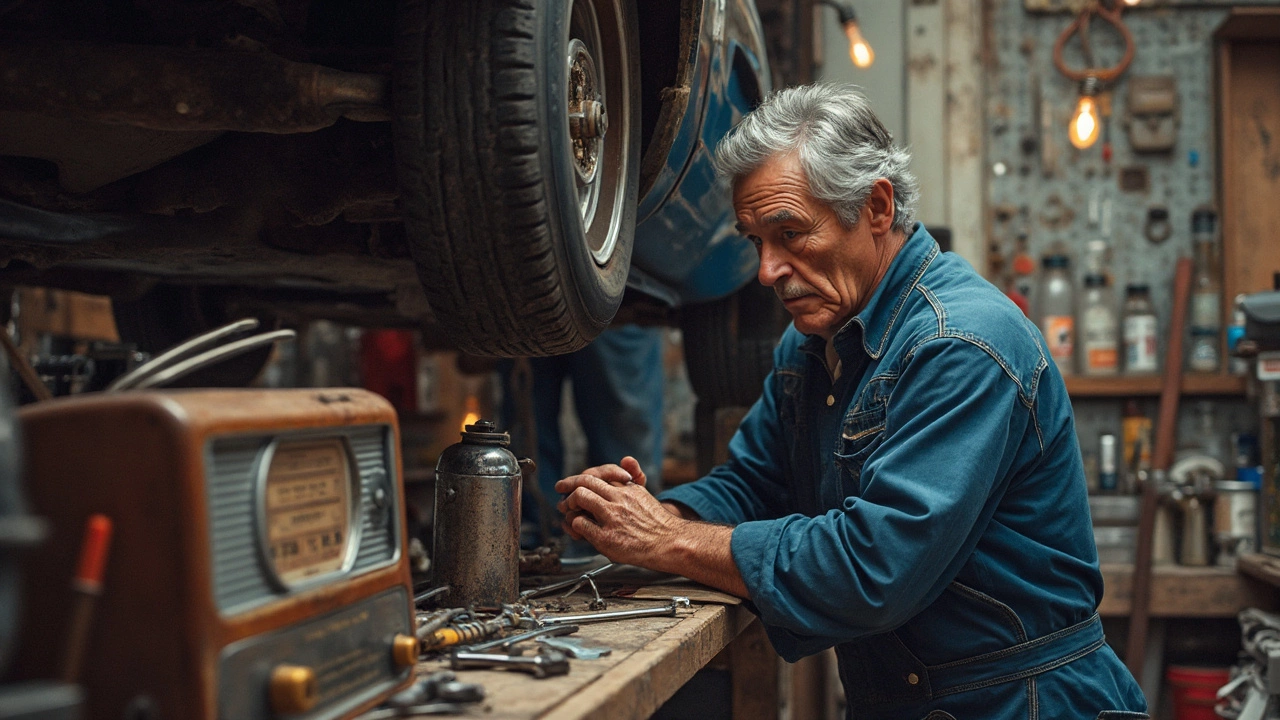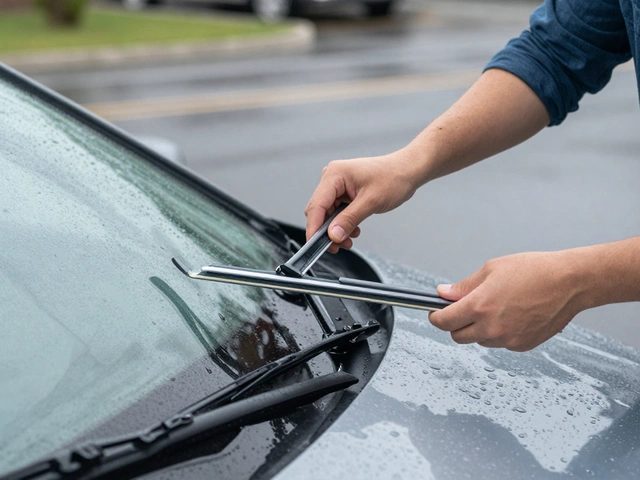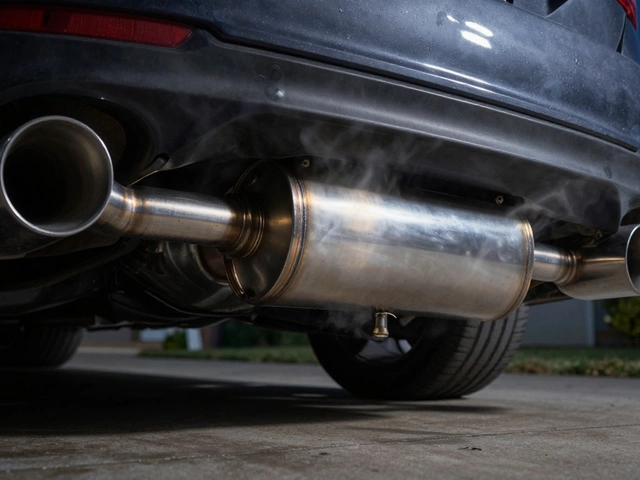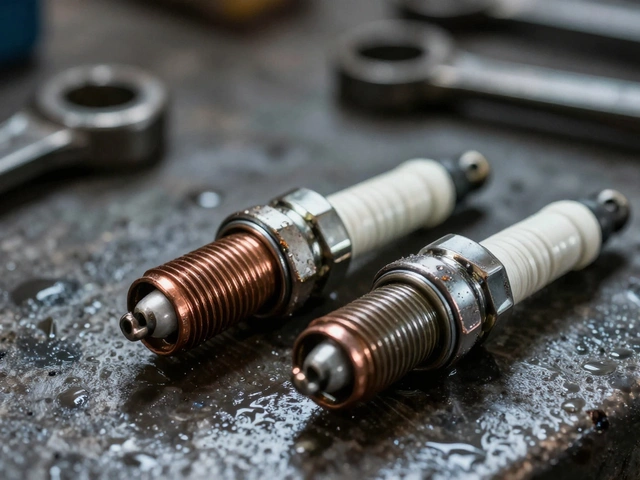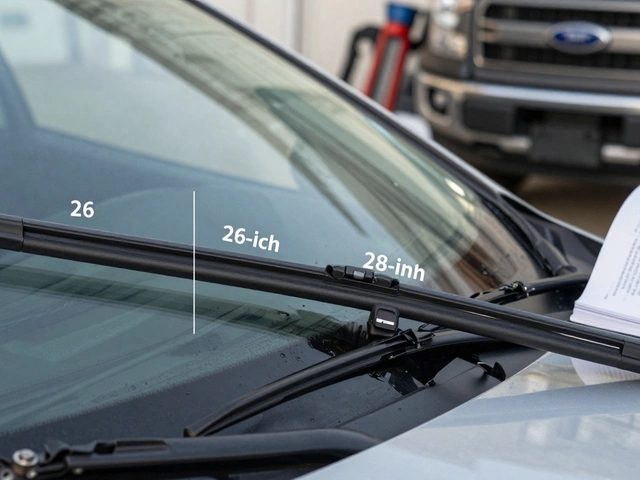Car Fuel System: Signs of Trouble, Common Repairs, and What You Need to Know
When your car fuel system, the network of parts that delivers gasoline from the tank to the engine. Also known as fuel delivery system, it includes the tank, pump, lines, filter, and injectors—any one of which can fail and leave you stranded. It’s not just about running out of gas. A failing fuel system often sneaks up on you with quiet symptoms: a sputtering engine, hesitation when accelerating, or that stubborn check engine light that won’t go away.
Most of the time, the trouble starts with the fuel pump, the electric component that pushes fuel from the tank to the engine under pressure. If it’s weak or dead, your car might crank but not start, or die at highway speeds. You don’t always need a full tank empty to replace it—some DIYers do it with a quarter tank left, but safety comes first. Then there’s the fuel tank, the container that stores gasoline and houses the fuel pump. Rust, debris, or a cracked filler neck can clog the system fast. And don’t ignore the fuel filter, the small but critical barrier that keeps dirt out of the injectors. A clogged filter mimics a bad pump, but it’s cheaper and easier to fix.
These parts don’t work in isolation. A failing fuel pump strains the electrical system. A dirty tank sends gunk into the injectors, which then mess with air-fuel ratios and trigger error codes. That’s why you can’t just swap one part and call it fixed—you need to check the whole chain. Many drivers think a car won’t start means a dead battery, but if the fuel system’s broken, no spark will help. And yes, a bad fuel pump can throw a code—common ones include P0190 (fuel pressure sensor) or P0087 (fuel rail pressure too low).
You’ll find plenty of guides here on spotting fuel pump failure before it leaves you on the side of the road. We cover how to test fuel pressure, what starting fluid can (and can’t) do, and whether you really need to drain the tank. We also break down the difference between a pump that’s dying slowly versus one that’s gone for good. Some posts even show you how to get your car running temporarily if you’re stuck without a replacement.
Whether you’re dealing with a sputtering commute, a car that won’t turn over, or just want to avoid a costly tow, understanding your fuel system means you’re not just guessing anymore. You’ll know when to act, when to wait, and when to call a pro. The posts below give you real-world fixes, cost comparisons, and simple checks you can do right now with basic tools—no garage required.
